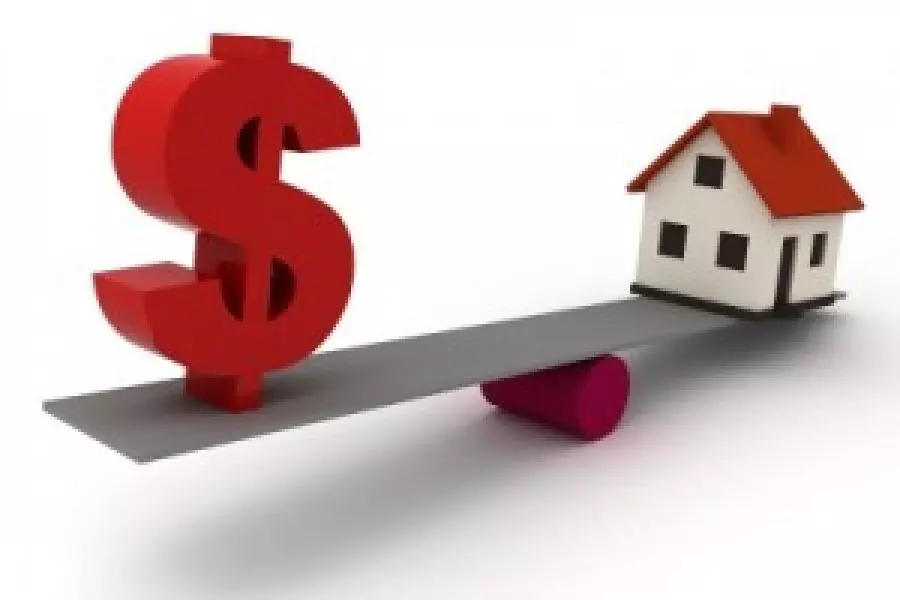
News
House prices close to turning

Monday 26th of July 2021
The slowing of the market is mainly off the back of affordability pressures, the 40% deposit requirement, extended bright-line test for investors, the tightening of interest deductibility rules, as well as the approval for the Reserve Bank to look at debt to income restrictions.
Perhaps most urgently, the housing market is likely to be affected by economists’ predictions the Reser...
Want to read the full article?
Click the button below to subscribe and will have unlimited access to full article and all other articles on the site.
2 min read





![[The Wrap] Bye Bye Bayly](https://goodreturns.publit.io/file/c_fill,w_900,h_600/39f23ac1-f7c7-4854-b700-a150004ebbac.webp)


